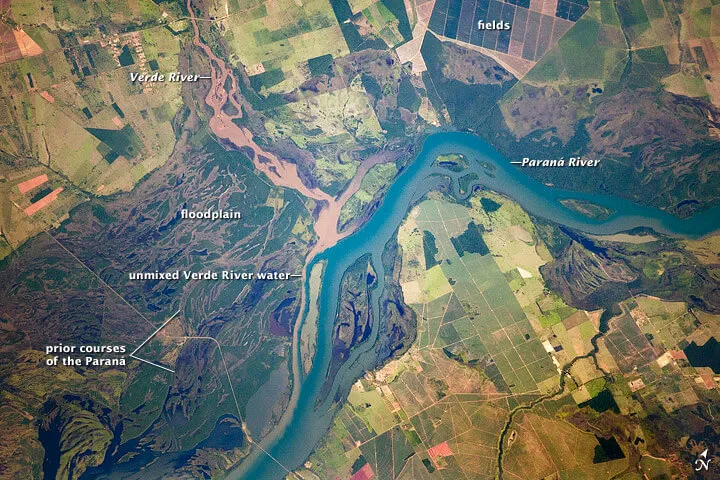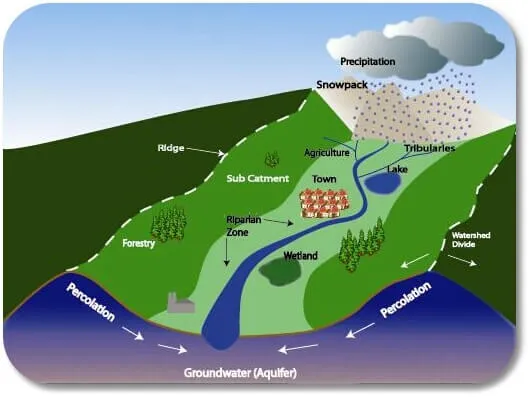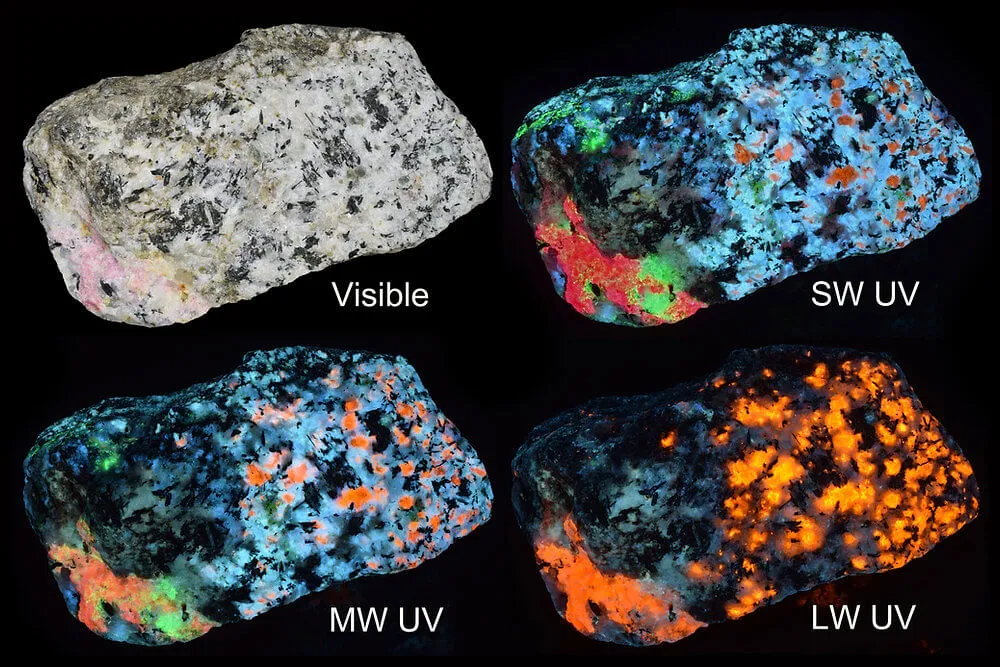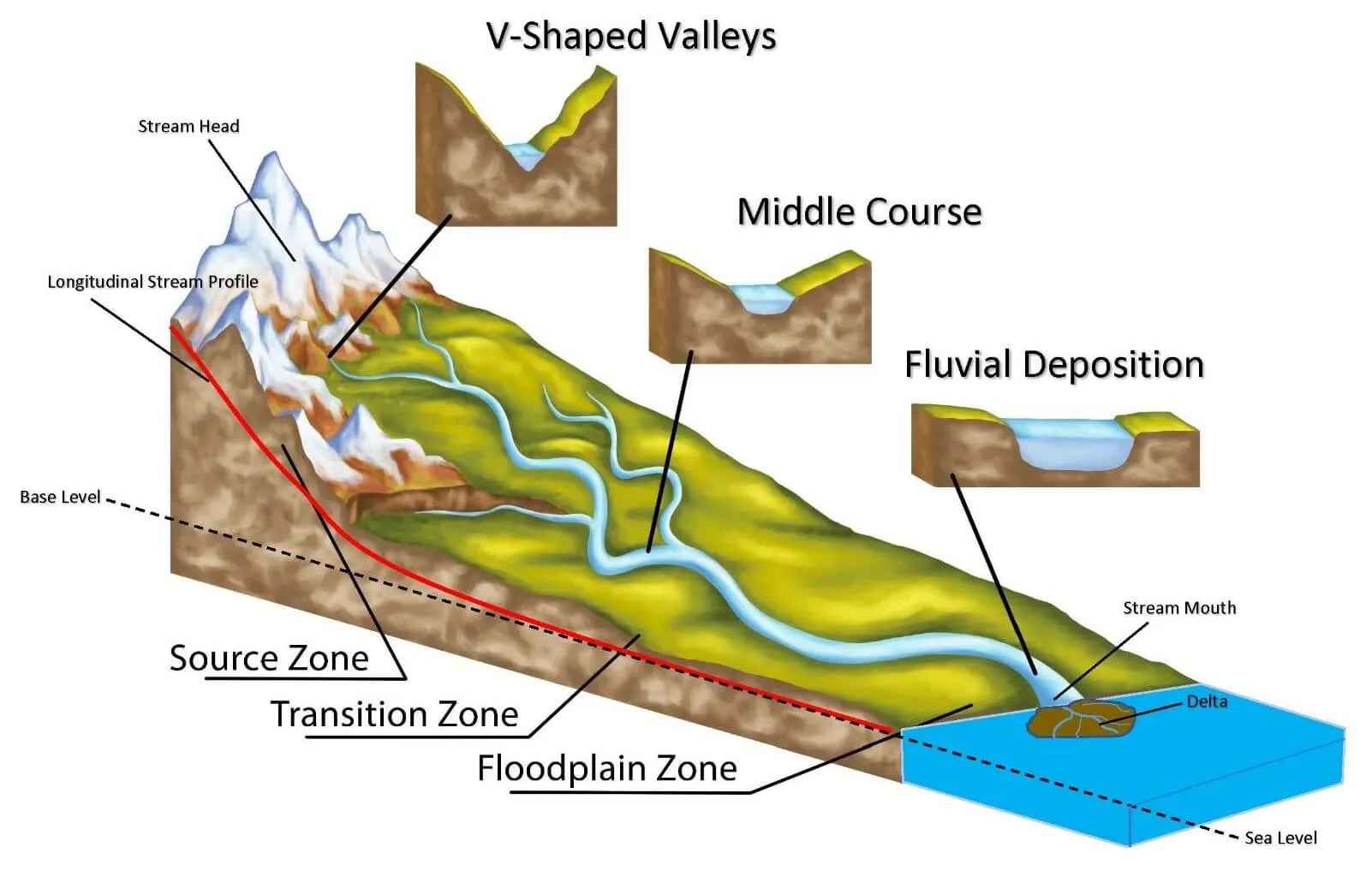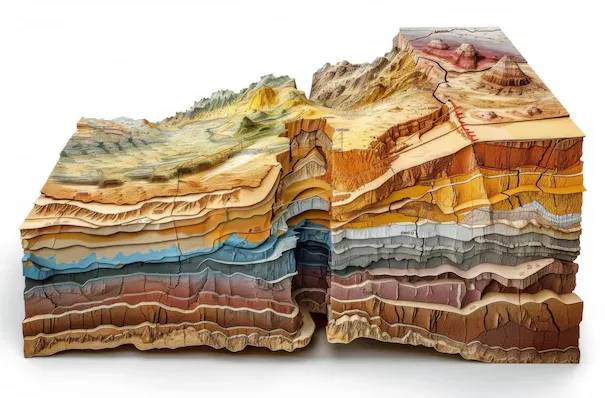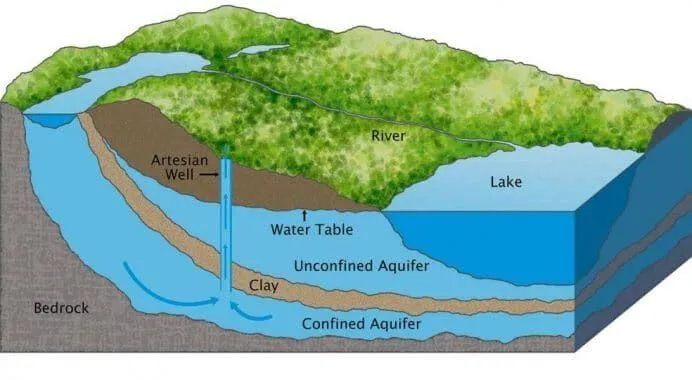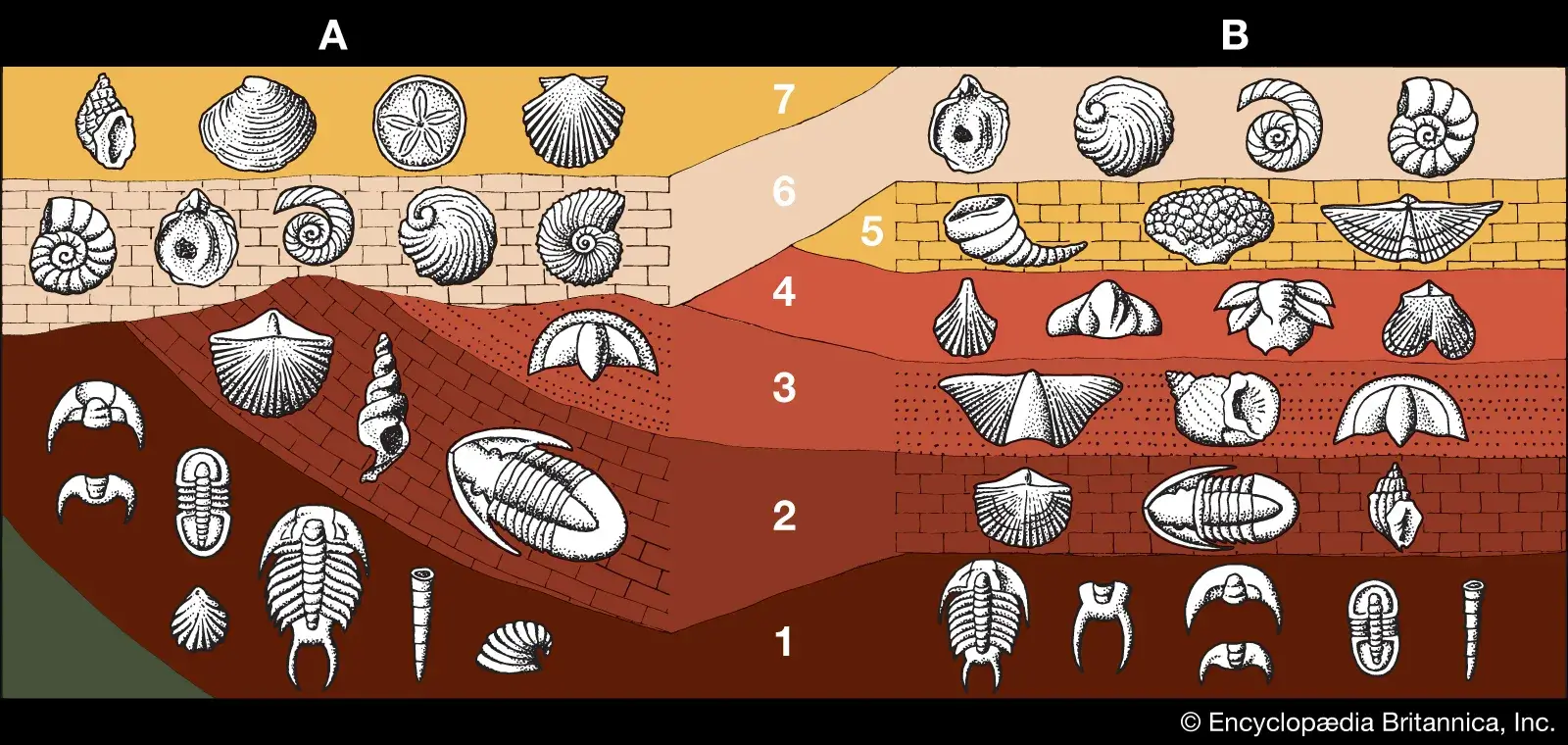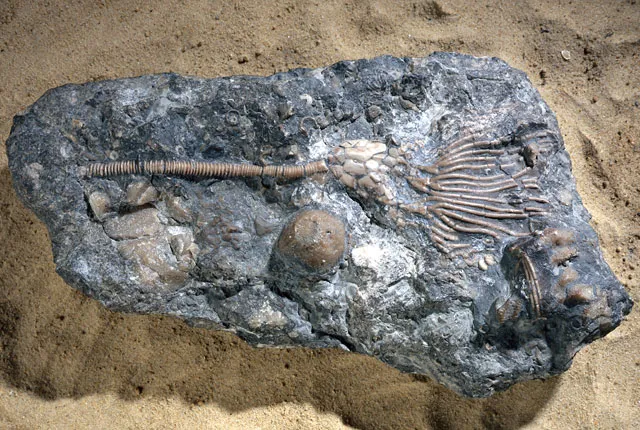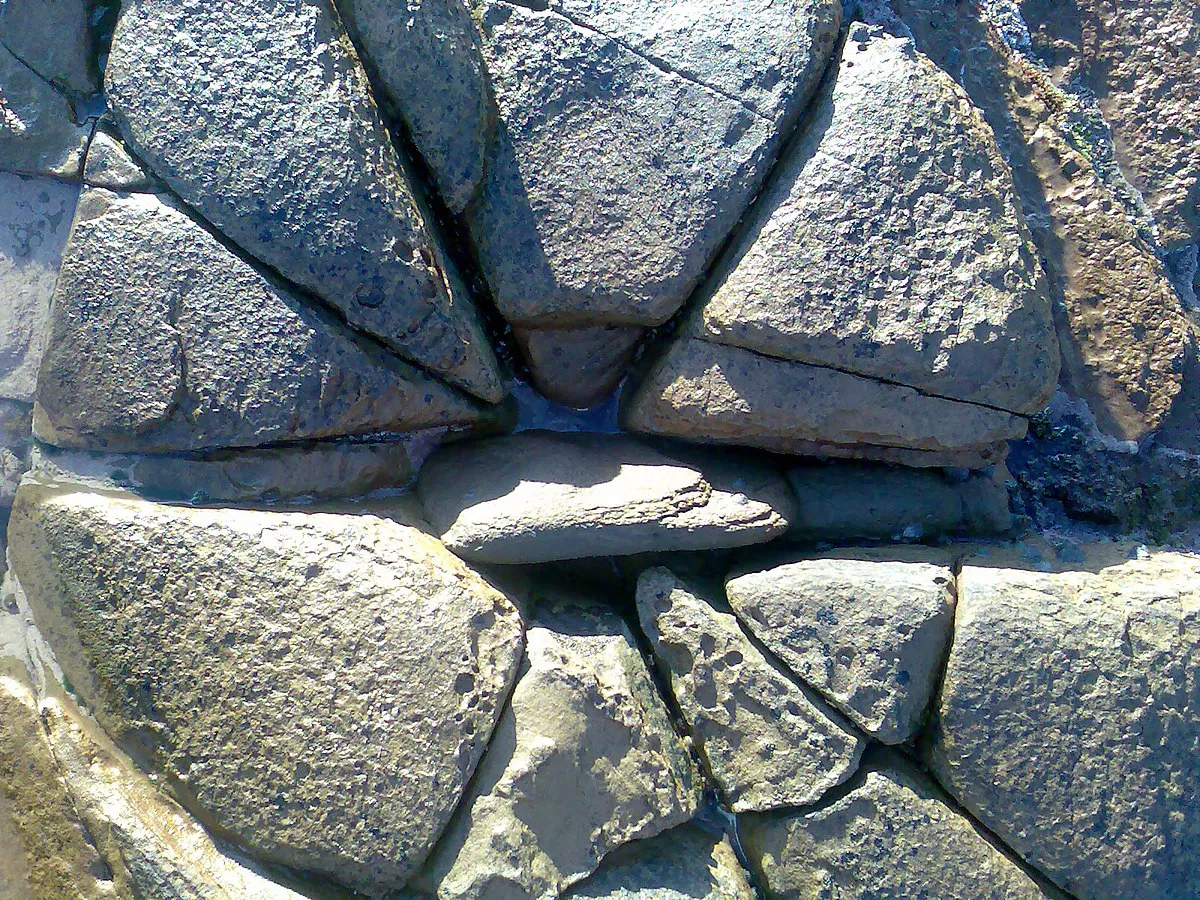In geology, a flood refers to the inundation of land by water, often resulting from excessive rainfall, snowmelt, or the breaching of natural or artificial barriers. Geological floods can lead to the deposition of sediments, the formation of new landforms, and the alteration of landscapes. Understanding floods is essential in geomorphology, sedimentology, and environmental management.
Reference: Baker, V. R. (1987). Paleoflood Hydrology and Extraordinary Flood Events. Journal of Hydrology.




